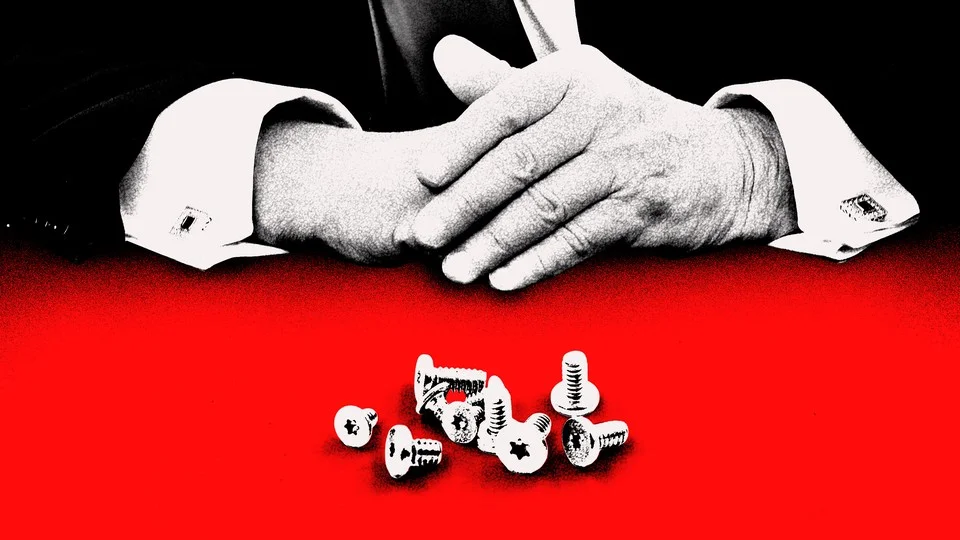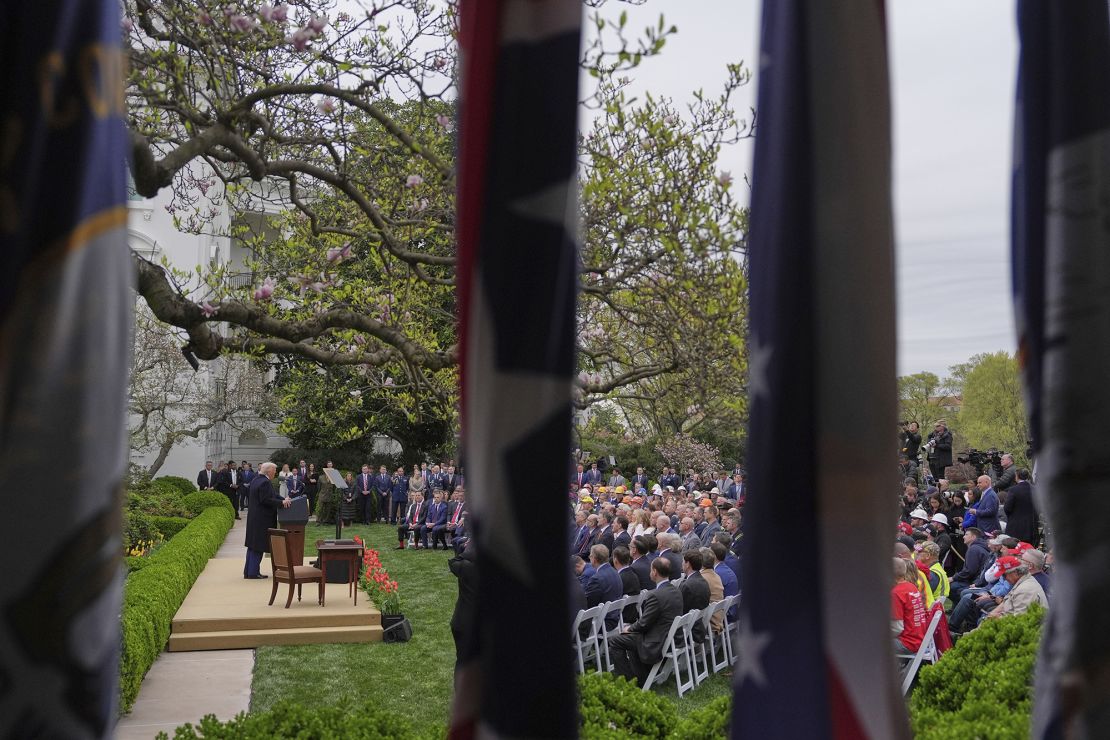
Trump’s Tariff Tsunami Risks Backfiring on America’s Economy
In an aggressive escalation of trade protectionism, President Donald Trump’s sweeping new tariffs have sent shockwaves through financial markets and global trade, raising fears that their fallout could be long-lasting and deeply damaging to the U.S. economy. These tariffs, some as high as 45%, target a massive swath of imported goods and threaten to set off a recession, sparking fierce debate over the efficacy and consequences of his policies.

The administration’s plan centers on forcing production back to American soil, with Commerce Secretary touting visions of millions of U.S. workers assembling products like iPhones. However, as The Atlantic poignantly highlights, this narrative ignores the reality that complex global supply chains cannot be relocated overnight. Even seemingly trivial components—like Apple’s tiny five-headed pentalobe screws—are primarily manufactured in China. Building a domestic screw industry, let alone comprehensive electronics manufacturing, would require enormous time and investment, during which Apple’s costs—and those for U.S. consumers—would rise significantly.

Economists warn that tariffs function essentially as taxes on U.S. consumers and producers alike, making domestic manufacturing pricier due to costlier inputs—from metals to machinery—that themselves attract levies. Instead of insulating American industries, these policies risk rendering them uncompetitive both domestically and abroad. “It’s an infinite regression of self-defeat,” quipped one critic, as these taxes cascade through multi-layered supply chains, slowing the entire economy much like “a sprinter voluntarily wearing a weighted vest.”
The recent tariff package launched in two waves starting early April includes an across-the-board 10% duty, with steeper ‘reciprocal’ tariffs on dozens of countries deemed unfair traders. Yet these so-called reciprocals are fraught with dubious economic foundations, effectively punishing U.S. consumers and producers with increased costs. Economists like Marcus Noland argue it’s “wrongheaded,” violating principles of comparative advantage—a basic tenet of global commerce.
JPMorgan CEO Jamie Dimon cautioned that these tariffs will stoke inflation on both imports and domestically produced goods as input costs climb. Analysis suggests best-case scenarios include a slight contraction in GDP, rising inflation and shrinking employment. Worst-case? A 1.3% economic decline, 1.3 million jobs lost, and inflation surging over a percentage point. And with uncertainties piling—including retaliation against U.S. services exports—risks multiply.
Particularly concerning are Trump’s threats to extend tariffs onto vital inputs like copper, pharmaceuticals, semiconductors, and lumber. Since the U.S. imports roughly half its copper, essential for the booming electric and defense sectors, experts warn supply disruptions could backfire. Homebuilders, engulfed in a housing affordability crisis, fear lumber tariffs will worsen matters. Drug prices could spike, exacerbating health cost burdens; even complex cancer treatments may become thousands of dollars more expensive due to tariff-induced price hikes.
Moreover, while the U.S. tries fostering domestic chip production under the CHIPS Act, experts note the country lacks assembly capacity, meaning chips must still traverse tariff-laden borders for final manufacturing—counteracting the very goals of self-sufficiency.
Notably, after financial markets plummeted last week in response to these tariffs, Trump partially backtracked, pausing the most draconian measures for 90 days. Investors took solace, driving the S&P 500 up nearly 10%, its biggest daily jump in 17 years. But this whiplash approach only underscores the chaos sown by unpredictable policy swings.
Ultimately, Trump’s heavy-handed tariff gambit appears to ignore complex economic interdependencies, risking costlier goods, lost competitiveness, and a weaker economy. Is this price worth paying for protectionism that economists widely criticize as misguided? Or will the gamble implode, harming workers and consumers alike? The coming months will reveal whether these tariffs inflict the lasting damage so many experts now fear.
What’s your perspective on Trump’s tariffs: tough protectionism or a risky economic misfire? Join the conversation below and share your insights.